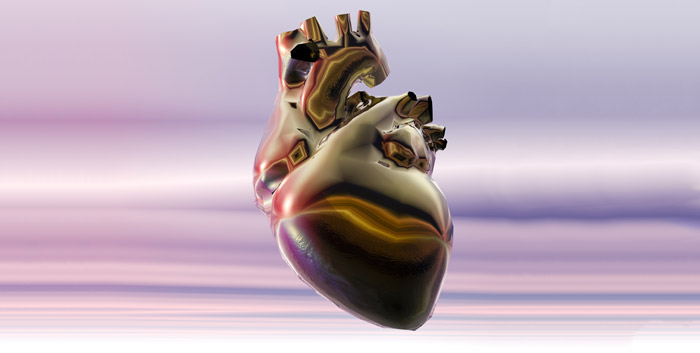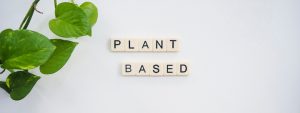
A Step Toward a Fully Functional 3D Printed Heart
We’ve heard about 3D printed organs – brain, kidney and heart – so-called “organoids” created by researchers and engineers in their labs, revolutionizing medicine and healthcare. While that is really great news, the real problem is that these organs are still tiny. They have been grown in labs for the last decade in order to be used to study diseases like dementia, cancer and heart attacks.
Additionally, the mini versions don’t have their very own blood vessels. It looks like they are still far from the life-saving organ transplants they were meant to be, needed by more than 100,000 people on US waiting lists.
Due to a critical ceiling, those organoids remained small, up to the size of a lentil. They lack tubes that mimic blood vessels and so researchers have struggled to get oxygen and nutrients into the organs’ core. How could they become full size transplant organs right in the lab, fashioned from patients’ own cells and not subject to rejection?
The answer came from the Wyss Institute for Biologically Inspired Engineering at Harvard University. Researchers there came up with an ingenious way of creating tubes like real blood vessels meandering through the mini-organs. By making organ building blocks from human stem cells, they become mini hearts and brains mixed and compacted at low temperature to form a matrix of cells with the density of human tissue.
A 3D printer using red dye and gelatin will deposit its contents through the cell matrix according to a certain branch pattern. Once printed, the network is heated to 37 degrees Celsuis. As the ink melts it will leave channels lined with human endothelial cells. Through these channels the researchers perfuse the mini-organs with a liquid rich in oxygen and nutrients. In the end, the team was able to keep a 1.5cm mini-heart beating on its own for more than a week.
This development proved to be a huge step toward creating functional human organs outside of the body. The study appears in the journal Science Advances.



